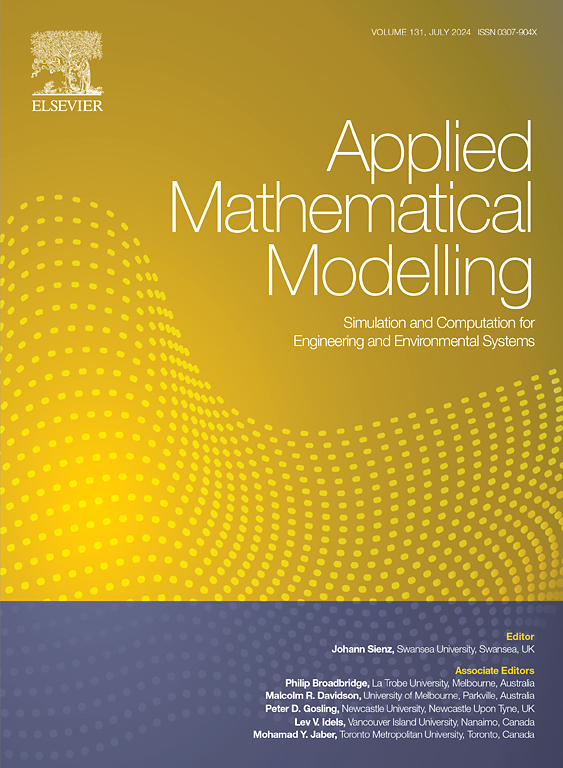Spatially adaptive oscillation total generalized variation for image restoration with structured textures
IF 4.4
2区 工程技术
Q1 ENGINEERING, MULTIDISCIPLINARY
引用次数: 0
Abstract
Cartoon and texture are the main components of an image, and decomposing them has gained much attention in various image restoration tasks. In this paper, we propose a novel infimal convolution type model based on total generalized variation (TGV) and spatially adaptive oscillation TGV to address cartoon-texture restoration problems. The proposed spatially adaptive oscillation TGV regularizer is capable of capturing structured textures with different orientations and frequencies in localized regions. Additionally, we incorporate the second-order tensor TGV to regularize the orientation and frequency parameter. The lower semicontinuity of the new functional is established and the existence of the solutions to the proposed model is analyzed. Furthermore, we discuss suitable discretizations of the proposed model, and introduce the alternating minimization algorithm where each subproblem can be implemented by the primal-dual method. Numerical experiments on image decomposition, denoising and inpainting demonstrate that the proposed model excels in preserving textures and is competitive against existing variational and learning-based models.
用于结构纹理图像修复的空间自适应振荡总广义变化
卡通和纹理是图像的主要组成部分,在各种图像复原任务中,分解卡通和纹理备受关注。本文提出了一种基于总广义变异(TGV)和空间自适应振荡 TGV 的新型次元卷积模型,以解决卡通纹理修复问题。所提出的空间自适应振荡 TGV 正则化器能够捕捉局部区域中不同方向和频率的结构纹理。此外,我们还加入了二阶张量 TGV 来正则化方向和频率参数。我们建立了新函数的低半连续性,并分析了所提模型解的存在性。此外,我们还讨论了所提模型的合适离散化,并介绍了交替最小化算法,其中每个子问题都可以通过基元-二元方法来实现。图像分解、去噪和内画的数值实验表明,所提出的模型在保护纹理方面表现出色,与现有的基于变分和学习的模型相比具有竞争力。
本文章由计算机程序翻译,如有差异,请以英文原文为准。
求助全文
约1分钟内获得全文
求助全文
来源期刊

Applied Mathematical Modelling
数学-工程:综合
CiteScore
9.80
自引率
8.00%
发文量
508
审稿时长
43 days
期刊介绍:
Applied Mathematical Modelling focuses on research related to the mathematical modelling of engineering and environmental processes, manufacturing, and industrial systems. A significant emerging area of research activity involves multiphysics processes, and contributions in this area are particularly encouraged.
This influential publication covers a wide spectrum of subjects including heat transfer, fluid mechanics, CFD, and transport phenomena; solid mechanics and mechanics of metals; electromagnets and MHD; reliability modelling and system optimization; finite volume, finite element, and boundary element procedures; modelling of inventory, industrial, manufacturing and logistics systems for viable decision making; civil engineering systems and structures; mineral and energy resources; relevant software engineering issues associated with CAD and CAE; and materials and metallurgical engineering.
Applied Mathematical Modelling is primarily interested in papers developing increased insights into real-world problems through novel mathematical modelling, novel applications or a combination of these. Papers employing existing numerical techniques must demonstrate sufficient novelty in the solution of practical problems. Papers on fuzzy logic in decision-making or purely financial mathematics are normally not considered. Research on fractional differential equations, bifurcation, and numerical methods needs to include practical examples. Population dynamics must solve realistic scenarios. Papers in the area of logistics and business modelling should demonstrate meaningful managerial insight. Submissions with no real-world application will not be considered.
 求助内容:
求助内容: 应助结果提醒方式:
应助结果提醒方式:


